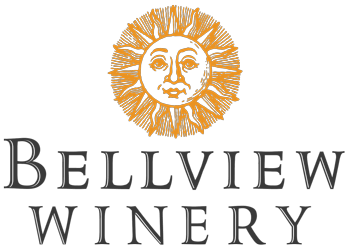The Vineyard
The vineyard at Bellview rests in the heart of the Outer Coastal Plain where the temperate climate and sandy soils provide excellent growing conditions for a wide range of grape varieties. We focus on producing grapes of exceptional quality by using specific training techniques to maximize airflow, ensure adequate sunlight exposure, and achieve our desired yield. Each vine is tended by hand throughout the year, resulting in a wine that truly expresses every detail of our viticultural practices.
Our Soil
The well drained sandy loam soil of our vineyard creates an optimal environment for wine grape production. Low to moderate fertility in the soil results in less vigorous vines that focus their energy on grape production as opposed to growing unnecessary vegetation. Rainfall easily drains due to the sand component of our soil, allowing us to keep the vines from getting over hydrated.
Training Systems
We train our vines with a variety of Trellis systems depending on the grape variety. For European vines, such as Chardonnay, Merlot or Petit Verdot, and several of the new Varieties such as Chambourcin, Traminette and Vidal Blanc we employ Vertical Shoot Positioning or VSP. VSP is a system that trains the vines to send shoots and leaves upward; this creates a well ventilated and easily accessible area for the grapes to grow in a fruiting zone where we can remove excess leaf growth and drop fruit if necessary.
American grape varieties like Cayuga or Fredonia respond well to the High Wire Cordon training system. The full canopy that results from High Wire Cordon training provides a higher surface area for photosynthesis to take place. This system promotes a higher yield per vine while still producing high quality grapes.
Notable Varieties
Chambourcin – Chambourcin is a French developed hybrid grape variety of unknown parentage. This grape has been a staple at vineyards throughout the Midwest and Northeast of the United States since 1963. At Bellview, Chambourcin fills several roles: it is used in blends such as Sunset and Couer D’Est, and it stands alone as a varietal which typically displays bright fruit flavor in a mild tannin profile, and often finishes with notes of chocolate and black pepper. Chambourcin pairs well with a wide variety of food, from light cheddar and crackers through to a hearty pasta with meatballs.
Cayuga – Cayuga is a hybrid of Schuyler and Seyval Blanc that was developed at Cornell University in New York. This cool-climate grape is used for a wide range of wines from sweet to dry. Floral aromas and a crisp, subtly acidic palate are typical for wines made from Cayuga. Due to its excellent vigor and heartiness, we grow Cayuga using the High Wire Cordon training system. Its natural characteristics solve many of the problems that confront vineyard managers: it is hearty to temperatures far below what New Jersey can reach, it grows quickly and vigorously enough to yield high quality fruit a full year sooner than most varieties, and its well spaced bunches negate most, if not all, of the environmental hazards of late spring and early summer. We use Cayuga for sweet wines such as Nana’s and Under The Arbor, as well as for a dry, barrel aged white wine in our Celestial Series called Leo.
Blaufränkisch – This dark red grape has a long history in Central and Eastern Europe and is now a popular mainstay in North American vineyards. Blaufränkisch produces a bold red wine with spicy or woody notes. Our cooler climates in the Outer Coastal Plain are a suitable match for this Austrian varietal.
San Marco – Our newest variety is a cross of two Northern Italian Varieties, Teroldego and Lagrein. The Outer Coastal Plain Vineyard Association brought San Marco to the US in 2012 with Bellview’s first planting in 2018. This variety makes an easy drinking wine with a beautiful purple hue. To find out more, click here.






